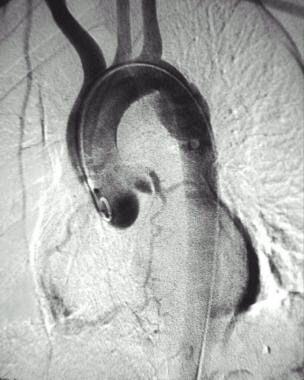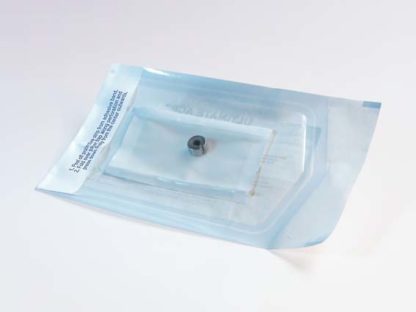


- AMEROID CONSTRICTOR VS COIL EMBOLIZATION FOR PSS FULL
- AMEROID CONSTRICTOR VS COIL EMBOLIZATION FOR PSS SERIES
Abdominal ultrasound identifying portosystemic shunt (i.e., PSS).įigure 3.
AMEROID CONSTRICTOR VS COIL EMBOLIZATION FOR PSS FULL
If your primary care veterinarian suspects that your pet has a portosystemic shunt, a full diagnostic work-up is advised. Acquired multiple portosystemic shunting. Single extrahepatic shunts are typically congenital and more often affect small and toy breeds whereas single intrahepatic shunts more often affect large breeds. Cats nearly always have extrahepatic shunts, and the left gastric is the most common.Īcquired PSS (figure 1) are almost always multiple vessels, which develop in response to hepatic hypertension. They can occur in any breed or age of animal and are a compensatory mechanism to prevent or delay liver failure. As such, they cannot be ligated without causing severe symptoms, and medical management is the only option for treatment.įigure 1. The genetic basis of PSS in dogs is unknown, but it is considered congenital with breeds affected including: In a normal pet, the blood that exits the intestines, spleen, and pancreas enters the portal vein, which then takes blood to be filtered by the liver. The liver metabolizes and detoxifies this blood. If a shunt is present, the liver is deprived of factors that enhance liver development (hepatotrophic factors), which results in failure of the liver to reach normal size (hepatic atrophy). A common result of hepatic atrophy is hepatic insufficiency, which then combined with the circulating toxins proteins and nutrients frequently results in hepatic encephalopathy (a clinical syndrome of altered central nervous system function due to failure of normal liver function). There are two categories of congenital shunts, extrahepatic (outside the liver) and intrahepatic (inside the liver). While most portosystemic shunts are congenital (the dog or cat is born with the shunt), under certain circumstances, portostystemic shunts may be acquired secondary to another problem with the liver (acquired shunts). Authorized Users of the Electronic Version of "What is an ACVS Diplomate/Surgery Specialist" ArtworkĪ portosystemic shunt (PSS) is an abnormal connection between the portal vascular system and systemic circulation. Blood from the abdominal organs, which should be drained by the portal vein into the liver, is instead shunted to the systemic circulation by the PSS or shunting vessel. This means that a portion of the toxins, proteins, and nutrients absorbed by the intestines bypass the liver, resulting in decreased hepatic blood flow and impairment of normal hepatic metabolic functions, and are shunted directly into the systemic circulation.
AMEROID CONSTRICTOR VS COIL EMBOLIZATION FOR PSS SERIES
Advances in Veterinary Surgery Book Series.ACVS Fellowship in Oral and Maxillofacial Surgery.ACVS Fellowship in Minimally Invasive Surgery.ACVS Fellowship in Joint Replacement Surgery.Educational Partner Opportunities Approved for Maintenance of Certification.Maintenance of Certification Approved Activity List.Prior Years’ Residency Training Standards.


 0 kommentar(er)
0 kommentar(er)
